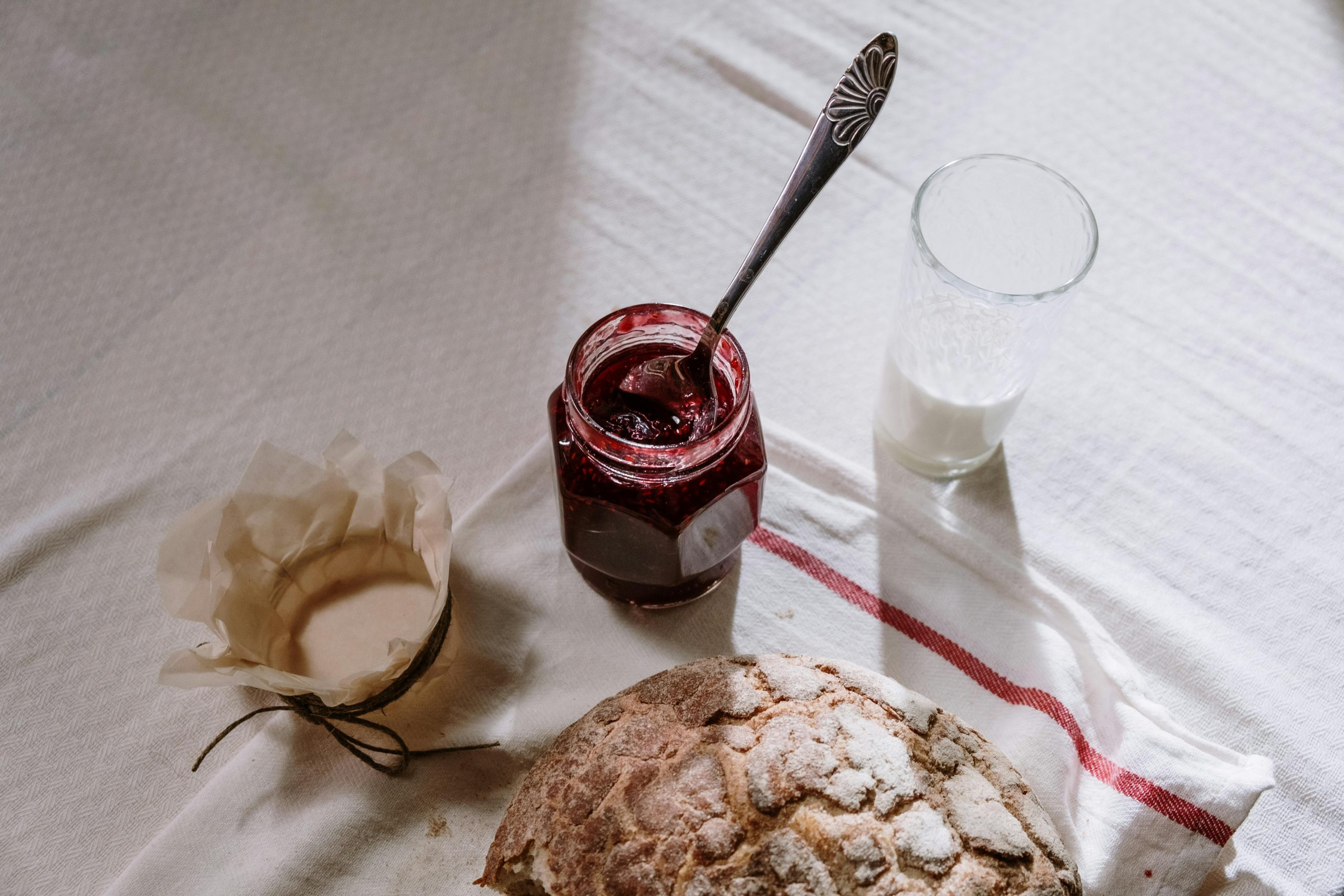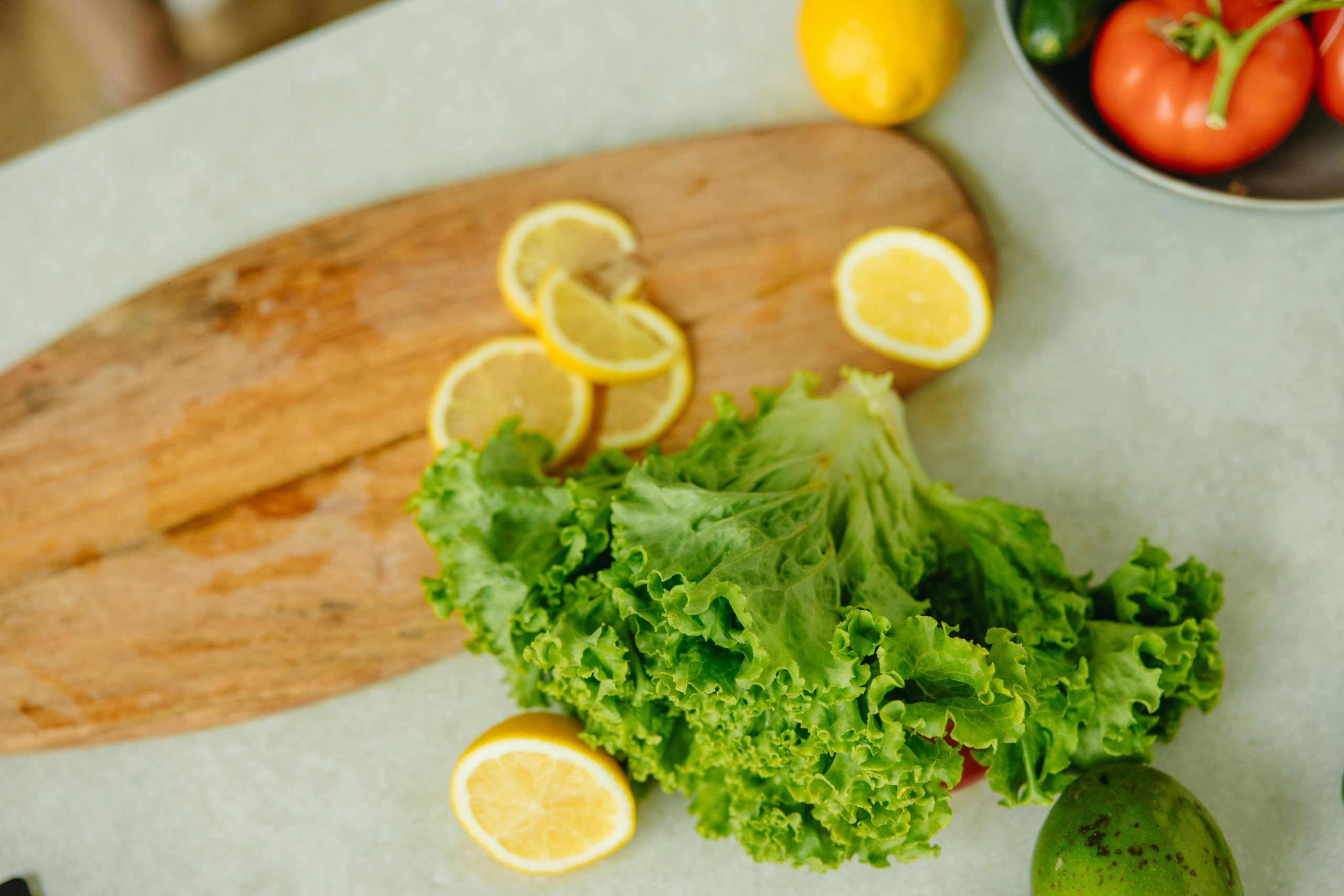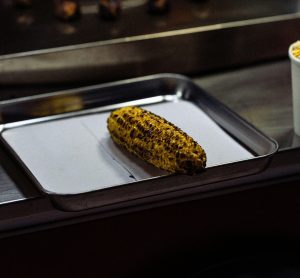Sourdough Starters: Troubleshooting Common Problems
Welcome to the world of sourdough starters! Whether you’re a beginner baker or a seasoned pro, working with sourdough can often present its challenges. From slow rises to a lack of rise, there are a variety of common problems that can occur when working with a sourdough starter. But don’t let these difficulties discourage you from creating delicious, tangy bread. In this article, we’ll explore some of the most common troubleshooting issues when it comes to sourdough starters and provide you with tips and solutions to ensure your bread turns out perfectly every time.
The Importance of a Healthy Starter
Before we dive into the common problems with sourdough starters, it’s important to understand why having a healthy starter is crucial. A sourdough starter is essentially a live culture of wild yeast and bacteria that provides the leavening for sourdough bread. If the starter is not healthy, it won’t be able to properly ferment the dough, resulting in a dense and less flavorful loaf.
In addition to proper fermentation, a healthy starter also contributes to the unique flavor and texture of sourdough bread. The longer a starter is alive and active, the stronger the developed flavors will be. Therefore, maintaining a healthy starter is key to achieving the distinct tang that is associated with sourdough bread.
Common Problems and Solutions
1. Slow to Rise
One of the most common problems when working with sourdough starters is a slow rise. This can be caused by a variety of factors, including a weak starter or an insufficient amount of time allocated for proofing. If your starter seems to be taking longer than usual to rise, try feeding it with equal parts flour and water and letting it sit in a warm environment. This will give the yeast and bacteria the necessary food and temperature to ferment and rise.
If your starter is still struggling to rise, consider using a higher hydration ratio (more water than flour) or incorporating a small amount of commercial yeast to give it a boost. Additionally, extending the proofing time can also help give your starter the necessary time to rise.
2. Lack of Rise
Similar to a slow rise, a lack of rise in sourdough bread can be attributed to a weak or underfed starter. It’s important to regularly feed your starter to ensure that it has enough food to sustain itself and to provide the necessary leavening for your bread. If your starter is not showing any signs of activity, consider discarding a portion of it and feeding it with fresh flour and water.
In addition to maintaining a healthy starter, the type of flour used can also play a role in the rise of your bread. Whole wheat flour, rye flour, and other whole grain flours can contribute to a slower rise due to their lower gluten content. Consider combining them with all-purpose or bread flour to help with leavening.
3. Hooch Formation
Have you ever noticed a layer of liquid forming on top of your starter? This is known as hooch and is often a sign that your starter is underfed. It is a byproduct of the fermentation process and can be seen as an indication that your starter is hungry. Simply pour off the hooch before feeding your starter to prevent it from forming.
If you consistently see hooch forming on top of your starter, consider increasing your feeding schedule to ensure your starter is always well-fed. You can also adjust the consistency of your starter by using more or less water to create a thicker or thinner consistency.
4. Foul Smell or Mold Growth
If your starter has a foul smell or is showing signs of mold growth, it’s important to discard it and start over. This can indicate that the starter has been contaminated with harmful bacteria or has not been properly maintained. To prevent this from happening, regularly clean and sterilize your starter jar and ensure you are using quality ingredients when feeding your starter.
In Conclusion
Sourdough starters can be finicky and may require some troubleshooting along the way. However, with a little patience and care, you can overcome these common problems and create delicious, homemade sourdough bread. Remember to keep your starter well-fed and to maintain a consistent feeding schedule to keep it healthy. Happy baking!











